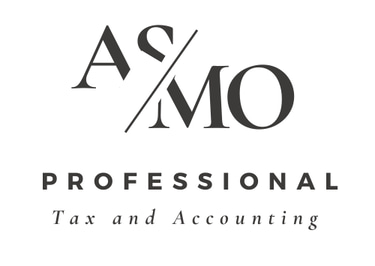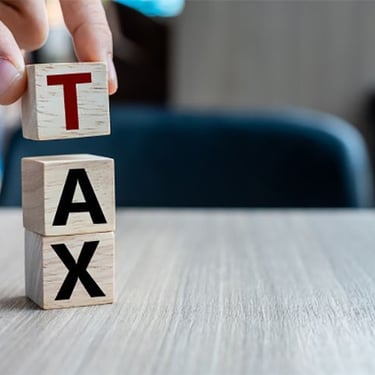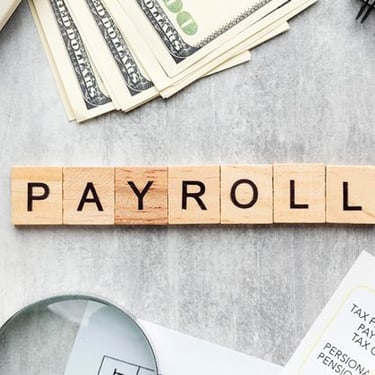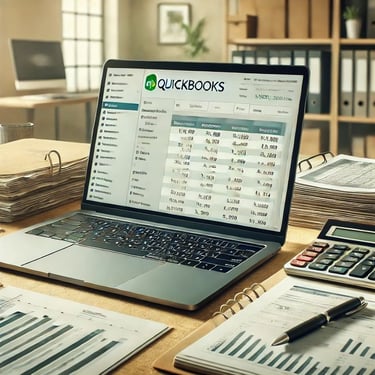Sales Taxes in Canada: What Businesses Need to Know
Sales taxes are an essential part of Canada’s tax system, affecting businesses and consumers alike. If you run a business in Canada or are planning to start one, understanding the different types of sales taxes and your obligations is crucial. In this article, we’ll cover the key aspects of sales taxes in Canada, including GST, HST, PST, and filing requirements.
TRAINING
Ashley
2/26/20252 min read
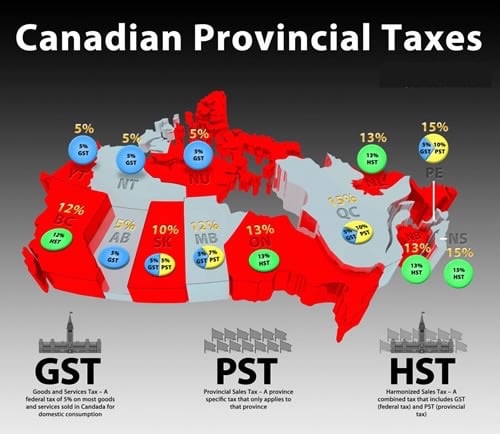

Types of Sales Taxes in Canada
Canada has three main types of sales taxes, which vary by province:
1. Goods and Services Tax (GST)
A 5% federal tax applied to most goods and services across Canada.
2. Harmonized Sales Tax (HST)
A combination of GST and provincial sales tax (PST), applied in certain provinces.
Currently used in Ontario (13%), New Brunswick (15%), Nova Scotia (15%), Prince Edward Island (15%), and Newfoundland and Labrador (15%).
3. Provincial Sales Tax (PST)
A separate sales tax applied by some provinces.
British Columbia (7%), Saskatchewan (6%), and Manitoba (7%) charge PST in addition to GST.
Quebec (9.975%) has its own Quebec Sales Tax (QST), which functions similarly to PST but is managed separately.
4. Zero-Rated and Exempt Goods & Services
Zero-rated items (e.g., basic groceries, prescription drugs, medical devices) are taxable but at a 0% rate, meaning businesses can still claim input tax credits (ITCs).
Exempt items (e.g., certain health care services, financial services, residential rent) are completely tax-free, and businesses cannot claim ITCs on related expenses.
When Does a Business Need to Register for GST/HST?
Businesses must register for GST/HST if they meet any of the following conditions:
They make more than $30,000 in taxable sales within a 12-month period.
They operate a taxable business, such as retail, services, or e-commerce.
They import goods into Canada for resale.
Small suppliers (businesses with under $30,000 in annual revenue) are not required to register but may choose to do so voluntarily to claim ITCs on business expenses.
How to File GST/HST Returns
Registered businesses must file GST/HST returns regularly, depending on their assigned filing period (monthly, quarterly, or annually). Even if a business has no taxable sales or expenses, it is still required to file a Nil Return to stay compliant with the Canada Revenue Agency (CRA).
Key Steps for Filing:
Collect GST/HST from customers on taxable sales.
Claim Input Tax Credits (ITCs) for GST/HST paid on business expenses.
Calculate the net tax (GST/HST collected minus ITCs).
Submit the return online through CRA’s My Business Account, by mail, or via a financial institution.
Pay any outstanding balance by the due date.
Penalties for Late or Missed Filings
Failing to file a GST/HST return on time can result in penalties and interest charges. The CRA may also withhold tax refunds until outstanding returns are submitted. Even if a business did not collect any GST/HST, it must still submit a Nil Return to avoid penalties.
Conclusion
Understanding sales taxes in Canada is essential for business owners to ensure compliance and maximize tax credits. If you need help registering for GST/HST, filing returns, or understanding your tax obligations, consider consulting a professional accountant.
Need assistance with your sales tax filings? Contact ASMO Tax Pro for expert advice and support!
